- Home
- slideshows
- miscellaneous
- 7 ways that 9/11 created a dystopian security landscape that Americans are still living in
7 ways that 9/11 created a dystopian security landscape that Americans are still living in
Air travel is far more stringent within the United States as passengers must be subjected to rigorous and invasive security screenings.

The Department of Homeland Security was created after 9/11 to protect Americans against terrorism. Now it's the third biggest federal department and drawing accusations of wasteful spending.
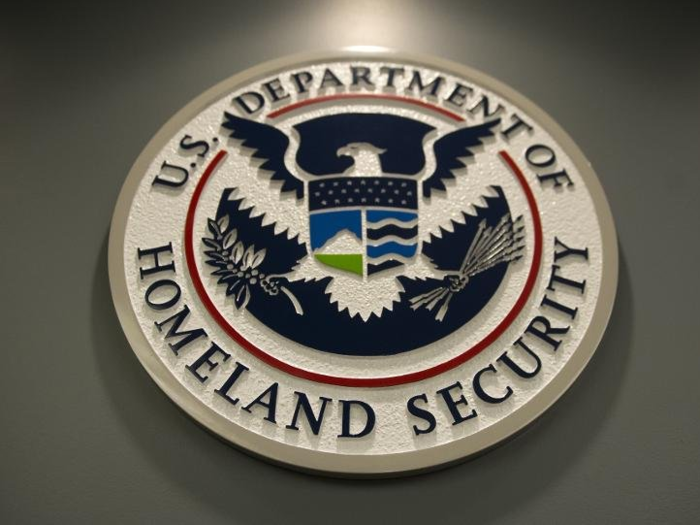
Established in 2003, the Department of Homeland Security consolidated a web of disparate agencies under one cabinet department, including the US Naturalization and Immigration Service.
Charged with safeguarding the US, DHS's responsibilities include aviation and border security, as well as emergency response and emerging threats in cyberspace.
Now its the third largest government agency, employing more than 250,000 people. and critics have targeted its broad mandate as an ingredient for waste.
In 2015, outgoing Republican Senator Tom Coburn released a report to provide insight into his years overseeing DHS as part of the Senate Homeland Security Committee.
"Despite spending nearly $61 billion annually and $544 billion since 2003, the Department of Homeland Security is not successfully executing any of its five main missions," the report said.
Its extensive deportation powers under Trump has fueled calls for DHS to be abolished by Rep. Alexandria Ocasio Cortez, a progressive lawmaker from New York.
Parts of the US Patriot Act are still in effect almost two decades later, and its been used far more to crack down on drug dealers instead of terror suspects.
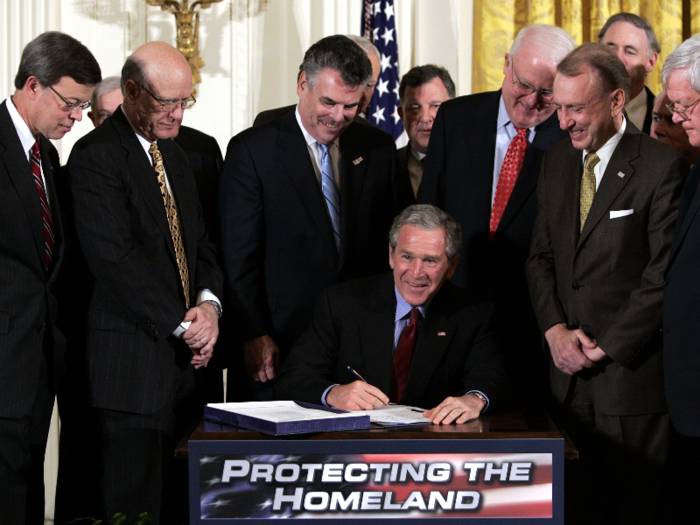
Only a month after the 9/11 attacks, Congress overwhelmingly passed the Patriot Act, a broad law aiming to improve the abilities of law enforcement to fight terrorism with tactics already used against organized crime and drug dealers.
It made it easier for officials to wiretap American citizens suspected of being involved in terror activities and execute search warrants without needing to immediately notify their targets, known as "sneak and peek."
The law's extensive reach triggered criticism of its application. Civil rights groups argued the law violates the constitutional rights of Americans since it allows the government to spy on them without any cause. The Washington Post reported in 2014 that "sneak and peek" had been used far more in drug busts rather than fighting terrorism.
Its effectiveness is unclear, as the Justice Department admitted that FBI agents couldn't point to any major terror plots thwarted as a result of the snooping powers of the Patriot Act, according to the Washington Times.
The Patriot Act underwent a major reform in 2015, when President Barack Obama signed a law barring the bulk collection of phone records, another controversial aspect brought to light in the disclosures by whistleblower Edward Snowden two years prior.
However, that law still preserved the federal government's sweeping surveillance power.
Surplus military equipment such as machine guns and armored trucks from the wars in Iraq and Afghanistan were made available to police departments around the country — for free and few restrictions on their use.
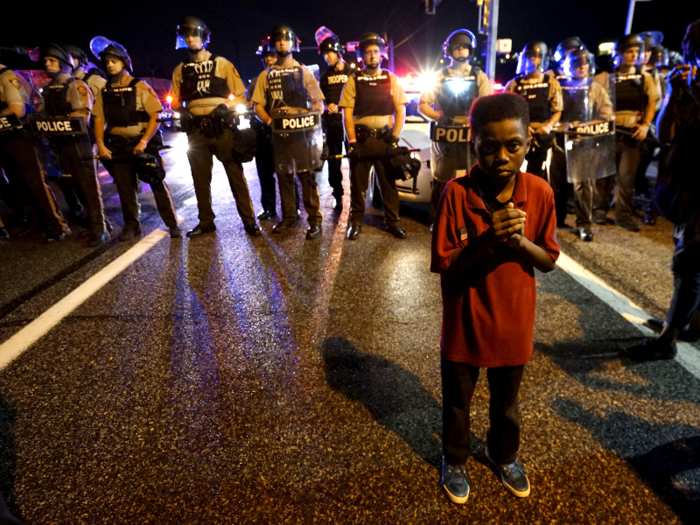
In the early 1990s, Congress established a military-transfer program that allowed police departments to obtain military-grade equipment at the height of the nation's drug wars.
After 9/11, the programs were drastically expanded as police officers were seen as a vital part of a war on terrorism.
The availability of federal grant money made it easier for police departments to buy the heavy gear, and equipment in the surplus program like machine guns, armored trucks, and aircraft could be acquired for free — all with few restrictions on their use.
The 1033 program drew scrutiny after police were seen using heavy military gear in their response to the 2014 protests in Ferguson. Obama tightened restrictions on the program, ordering police departments to justify why they needed equipment like a riot shield or tactical vehicles. He barred the shipment of grenade launchers, heavy-armor vehicles, bayonets and rifles among others.
But President Donald Trump scaled back Obama's restrictions in late 2017 and now police don't need to justify the gear they're seeking to obtain and got rid of mandatory federal training.
More than $5.4 billion worth of equipment has flowed to local police since its inception almost three decades ago.
There are "terror watch lists" that have over a million people on them, which include babies, lawmakers, and dead people.
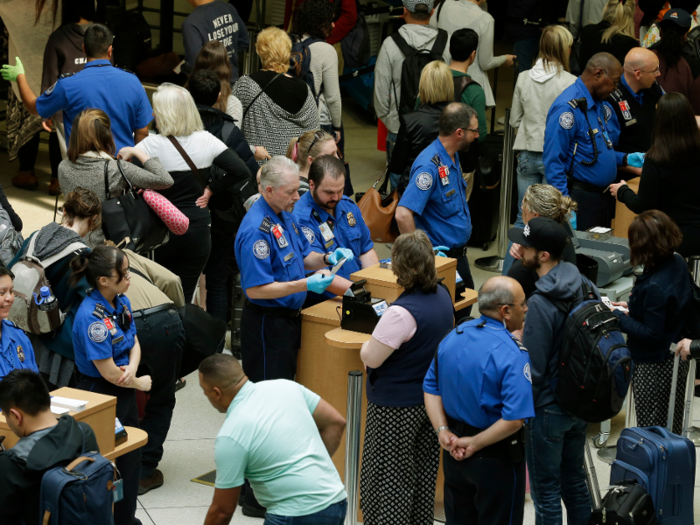
The government created terror "watch lists" to help it keep tabs on individuals suspected of being involved in terrorist activities.
Over 700,000 people are on these lists, Vox reported in 2016, though the American Civil Liberties Union says over a million people could be on them. And its been used to create other lists such as the no-fly list, which has around 47,000 people.
The watch lists drew criticism for the secretive nature around its decisionmaking process — and lawmakers, babies and dead people have been included.
That process was recently ruled unconstitutional by a federal judge, the Intercept reported.
The National Security Agency was once able to sift through the phone calls and text messages of Americans in search of terrorists. Congress is set to decide whether the program should be reauthorized.
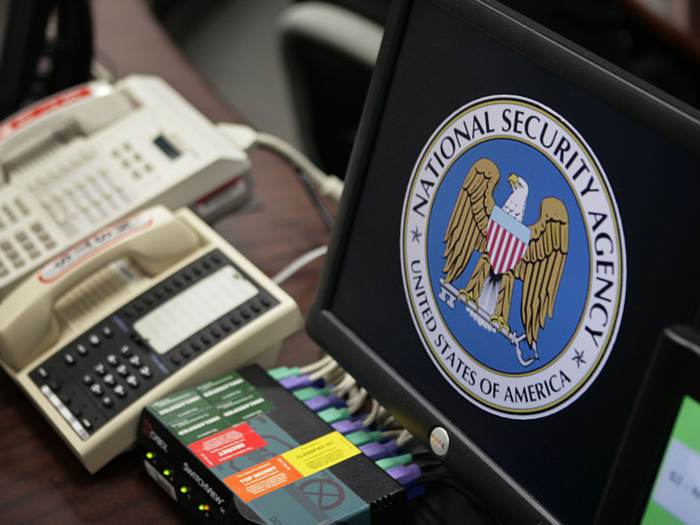
After 9/11, the Bush administration helped set up a program — called Stellarwind — allowing the National Security Agency to access and analyze the domestic calling records of Americans.
It allowed the NSA to collect records from companies like Verizon, and it used the data obtained to find hidden associates of known terror suspects. It sucked up billions of communication logs on Americans every day.
Much of its legal authority rested on executive power, and the secretive Foreign Intelligence Surveillance Court issued orders based on the Patriot Act in 2006 compelling telecoms companies to participate.
The program was among Snowden's revelations in 2013, when the Guardian published the top-secret surveillance court order compelling it to turn over customer phone records to the government.
It drew fury from civil rights advocates who said the government had gone too far, and intelligence officials couldn't point to a disrupted terror plot as a result of the program. It was significantly reformed in 2015, but it can still collect data for specific suspects.
In 2017, it targeted 40 suspects with judicial orders collected 534 million records of phone calls and text messages, the New York Times reported.
The Trump administration recently acknowledged the program had been shut down, but its asking Congress to extend the legal basis behind it.
The US is waging "forever wars" that have no end in sight — and the US government has killed its own citizens overseas suspected of being involved in terrorism.
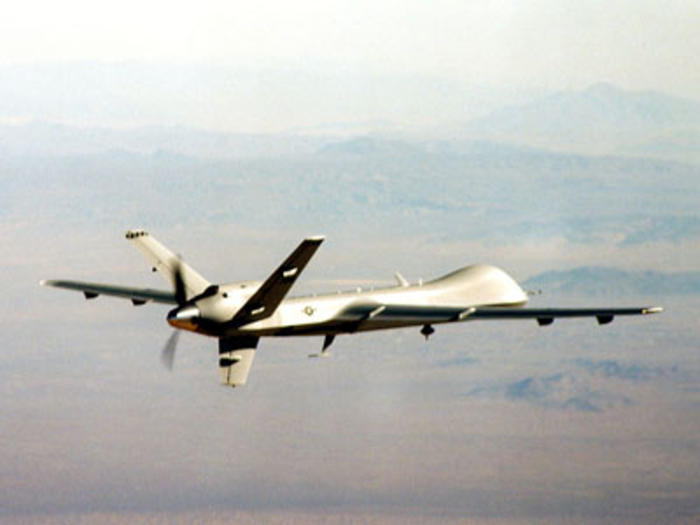
The 2001 AUMF empowered the government to pursue the individuals and organizations responsible for carrying out the 9/11 attacks.
But in the years since, the AUMF has been used to initiate military campaigns in 19 countries, mostly in Africa and the Middle East — many of them with the drone program.
Though it started under Bush, Obama used the program far more extensively to target terrorists abroad. The Bureau of Investigative Journalism says the US killed 2,436 people in drone strikes between 2009 and 2015 — and its range of 380-801 civilian casualties was around six times higher than the Obama administration's official numbers.
The US government has also launched drone strikes against its citizens abroad. In 2011, Obama ordered the Central Intelligence Agency to assassinate Anwar al-Awlaki, a jihadist propagandist for al-Qaeda born in California.
It drew criticism from civil rights groups who argued he wasn't given due process nor a trial.
Federal courts have upheld the secrecy of many of the legal memos used to justify his killing, though it compelled the Obama administration to release only one.
Under Trump, the drone program is far more secretive and used more often compared to Obama, particularly in Afghanistan, Iraq, and Syria.
- Read more:
- Former Homeland Security Secretary Janet Napolitano on TSA failure rates, family detention at the border, cyber warfare, and the security threat posed by climate change
- The NSA publicly released a tool for cracking software wide open, and hackers are loving it — so long as the NSA makes good on its promise not to use it to spy on them
- Trump reauthorized police to use high-tech military gear — Here's what they can get
- This NSA program that reviews private citizens' calls and text messages has reportedly quietly ended
Popular Right Now
Popular Keywords
Advertisement